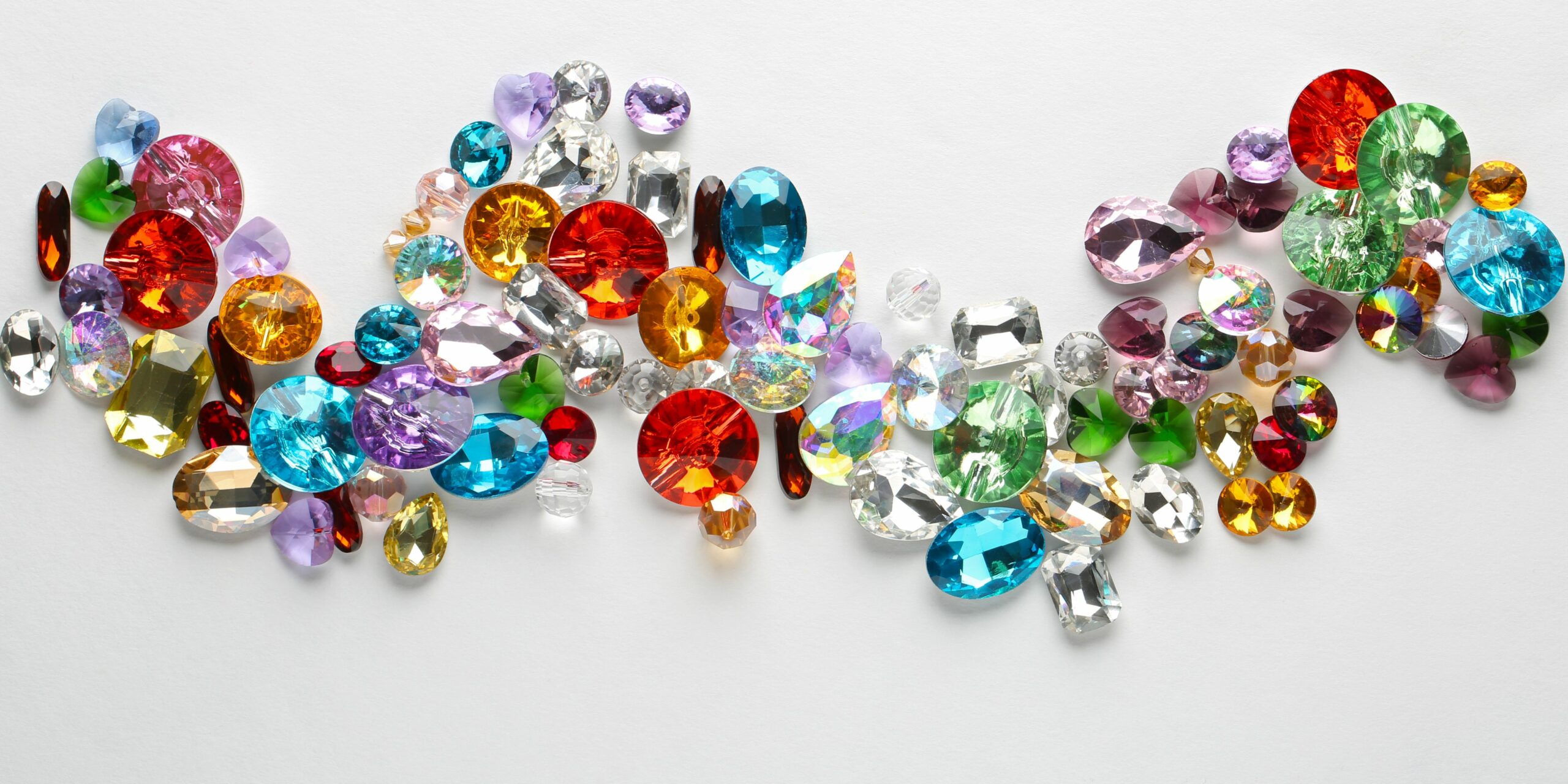The world of precious stones is a kaleidoscope of colors, each hue reflecting the uniqueness and rarity of the gem. From the fiery red of rubies to the tranquil blue of sapphires, the color of a precious stone plays a pivotal role in determining its value. This article explores the intricate relationship between color and value in the realm of gemstones, unraveling the secrets that make certain hues more coveted than others.
Understanding the Basics
Gemstones derive their color from the presence of certain minerals or elements during their formation. The spectrum of colors exhibited by precious stones is vast, ranging from the warm tones of reds and yellows to the cool blues and greens. Gemologists evaluate the color of a stone based on three primary factors: hue, tone, and saturation.
- Hue: The basic color of the gemstone.
- Tone: The lightness or darkness of the color.
- Saturation: The intensity or vividness of the color.
The delicate balance between these factors gives each gemstone its unique visual appeal.
The Rarity Factor
One of the key drivers of a precious stone’s value is its rarity, and color plays a crucial role in this aspect. Rare and vivid colors are often more valuable because they are harder to come by in nature. For example, a vivid blue sapphire or a deep red ruby with minimal inclusions is considered exceptionally rare and commands a higher price in the market. The same goes for special colors or their combinations, which are rare to find in nature
Cultural and Historical Significance
The perception of color can be deeply ingrained in cultural and historical contexts. Certain colors may hold significant cultural or symbolic meaning, influencing their desirability and value. For instance, the association of red with passion and love makes red gemstones like rubies or garnet highly sought after, especially for engagement rings. (Read more about the spiritual effect of colors on our emotions and reactions)
Trends and Fashion
The ever-changing landscape of fashion and trends also plays a role in shaping the value of colored gemstones. A surge in popularity for a particular color or gemstone variety can lead to an increased demand, subsequently impacting its market value. Celebrities, fashion designers, and influencers can significantly influence these trends, creating waves in the gemstone market.
Treatment and Enhancement
Gemstones are often subjected to treatments or enhancements to improve their color and overall appearance. While these treatments may enhance the visual appeal, they can also affect the stone’s value. Natural, untreated gemstones are generally considered more valuable, as they are perceived to be in their purest form. However, delicate heating in most cases does not affect the quality.
Investment Considerations
For those looking at gemstones as investments, understanding the nuances of color and its impact on value is crucial. Rare and vibrant colors tend to hold their value over time, making them more attractive options for investors. However, it’s essential to consider other factors such as the gemstone’s overall quality, rarity, origin and market demand.
Conclusion
The influence of color on the value of precious stones is a complex interplay of geological, cultural, and market dynamics. The rarity, vibrancy, and cultural significance of a gemstone’s color contribute to its overall allure and market value. Whether seen as symbols of love, wealth, or personal adornment, colored gemstones continue to captivate and inspire, with their value intricately woven into the chromatic tapestry of our world.
At HOLYGEMS we will be happy to assist you in choosing the best color for the person for whom the jewelry is purchased, while also paying attention to the effect on its lasting value.

